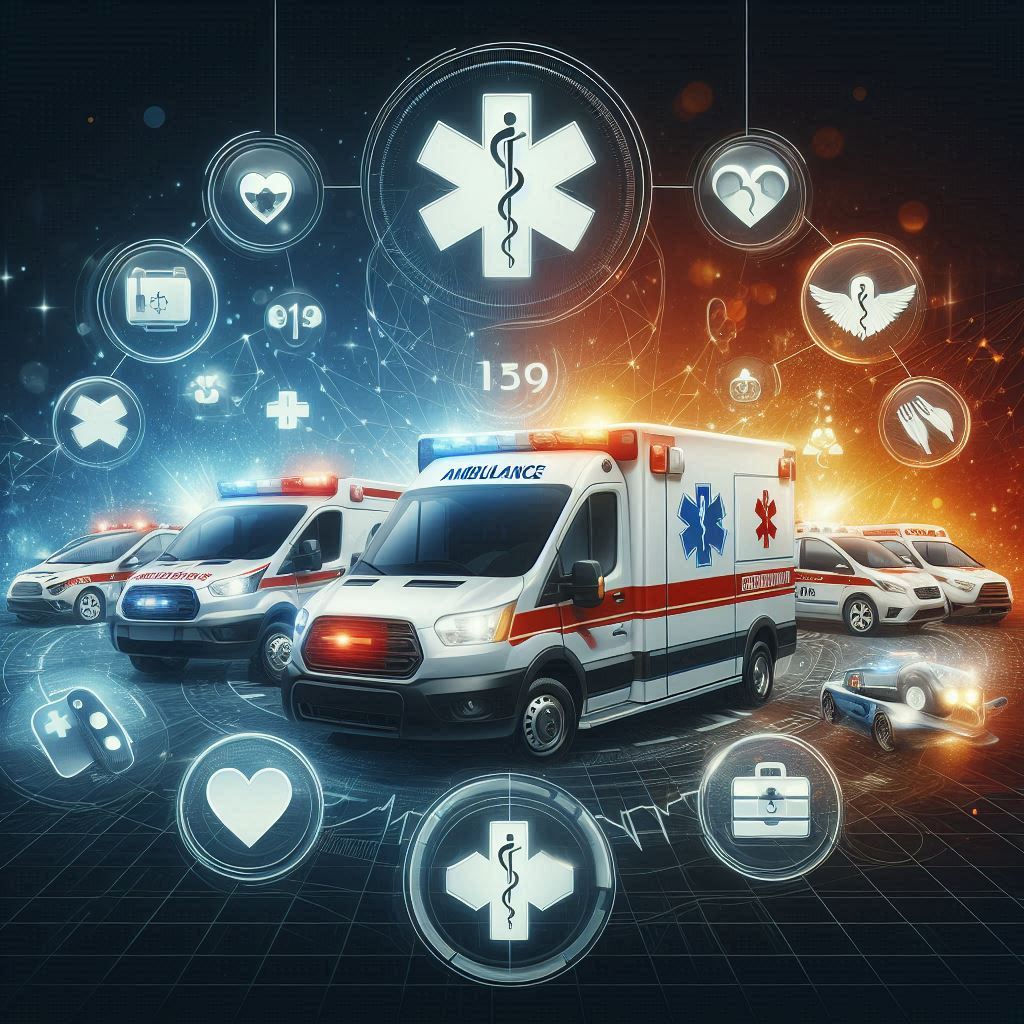Ambulance coverage in health insurance ensures financial protection for emergency medical transport. Understanding its benefits helps in securing quick and efficient medical assistance.
What Is Ambulance & Emergency Services Coverage?
Ambulance and emergency services coverage refers to the insurance benefits that cover the cost of transporting a patient to a hospital in case of a medical emergency. This coverage includes:
- Ground ambulances (road transport)
- Air ambulances (helicopter or fixed-wing transport)
- Emergency medical services (EMS), including paramedics and first responders
Importance of Ambulance Coverage in Health Insurance
Why Is It Necessary?
- High Costs of Emergency Transport: Ambulance services can cost anywhere between $500 and $5,000, depending on location and medical needs.
- Timely Medical Attention: Quick transportation to the hospital can make the difference between life and death.
- Comprehensive Healthcare Protection: Many health insurance plans include ambulance coverage to prevent financial strain during medical emergencies.
- Air Ambulance Coverage: In critical cases, air medical transport may be needed, which can cost tens of thousands of dollars without insurance.
Benefits of Having Ambulance & Emergency Services Coverage
1. Financial Protection
- Covers 100% or a major portion of ambulance expenses.
- Avoids out-of-pocket costs during emergencies.
2. Access to Quality Care
- Ensures transportation to specialized medical facilities.
- Includes paramedic assistance during transit.
3. Peace of Mind
- Provides assurance that emergency services are covered whenever needed.
4. Coverage for Different Modes of Transport
- Ground ambulance for local emergencies.
- Air ambulance for critical cases in remote areas.
How to Use Ambulance & Emergency Services in Real Life?
Step 1: Check Your Health Insurance Policy
- Ensure your plan includes ambulance coverage.
- Review deductibles, co-pays, and coverage limits.
Step 2: Know When to Call an Ambulance
- Life-threatening situations (heart attack, stroke, severe injuries).
- Unconsciousness or breathing difficulties.
Step 3: Contact Emergency Services
- Dial 911 (USA) or local emergency numbers.
- Provide clear details about the situation.
Step 4: Ensure Insurance Documentation
- Carry your health insurance card.
- Inform hospital staff about your coverage.
Common Mistakes & How to Avoid Them
1. Assuming All Ambulance Services Are Covered
- Some insurance plans only cover emergency transport and exclude non-emergency rides.
- Solution: Read your policy details carefully.
2. Not Checking Coverage Limits
- Some policies have a maximum coverage amount.
- Solution: Ensure your coverage meets your needs.
3. Delaying Medical Attention Due to Cost Concerns
- Some people hesitate to call an ambulance due to fear of high costs.
- Solution: If you have coverage, use it without hesitation.
4. Not Confirming In-Network Providers
- Insurance plans may only cover networked ambulance providers.
- Solution: Choose an in-network ambulance service when possible.
Recommended Resources & Tools
Here are some authoritative resources to learn more:
- World Health Organization (WHO)
- American Ambulance Association
- Centers for Medicare & Medicaid Services
Future Trends in Emergency Medical Services
1. AI & Telemedicine Integration
- Use of AI-powered emergency response systems.
- Remote assistance via telemedicine platforms.
2. Drone-Assisted Emergency Response
- Drone ambulances for faster medical aid.
- Drone-delivered medical supplies for remote areas.
3. Blockchain in Health Insurance
- Transparent billing for ambulance services.
- Faster claim approvals and reduced fraud.
Frequently Asked Questions (FAQ)
1. Is ambulance service covered by all health insurance plans?
Not all health insurance plans cover ambulance services. Always check with your provider.
2. Are air ambulances covered under emergency services?
Some plans cover air ambulances, but coverage limits vary.
3. Can I use an ambulance for non-emergency situations?
Non-emergency ambulance services may not be covered by standard policies.
4. What should I do if my insurance denies my ambulance claim?
You can appeal the decision by providing medical necessity proof from your doctor.
5. Are there any hidden costs in ambulance services?
Some services charge extra fees for paramedic care or out-of-network providers.
Conclusion
Ambulance and emergency services coverage is a crucial part of health insurance, ensuring timely medical assistance without financial stress. When choosing a health plan, ensure ambulance coverage is included, review policy details, and be aware of potential limitations.
Call to Action:
👉 Check your health insurance plan today and make sure you’re covered for emergency ambulance services!
Meta Description: Ensure financial protection in medical emergencies with ambulance & emergency services coverage. Learn about benefits, common mistakes, and future trends.


